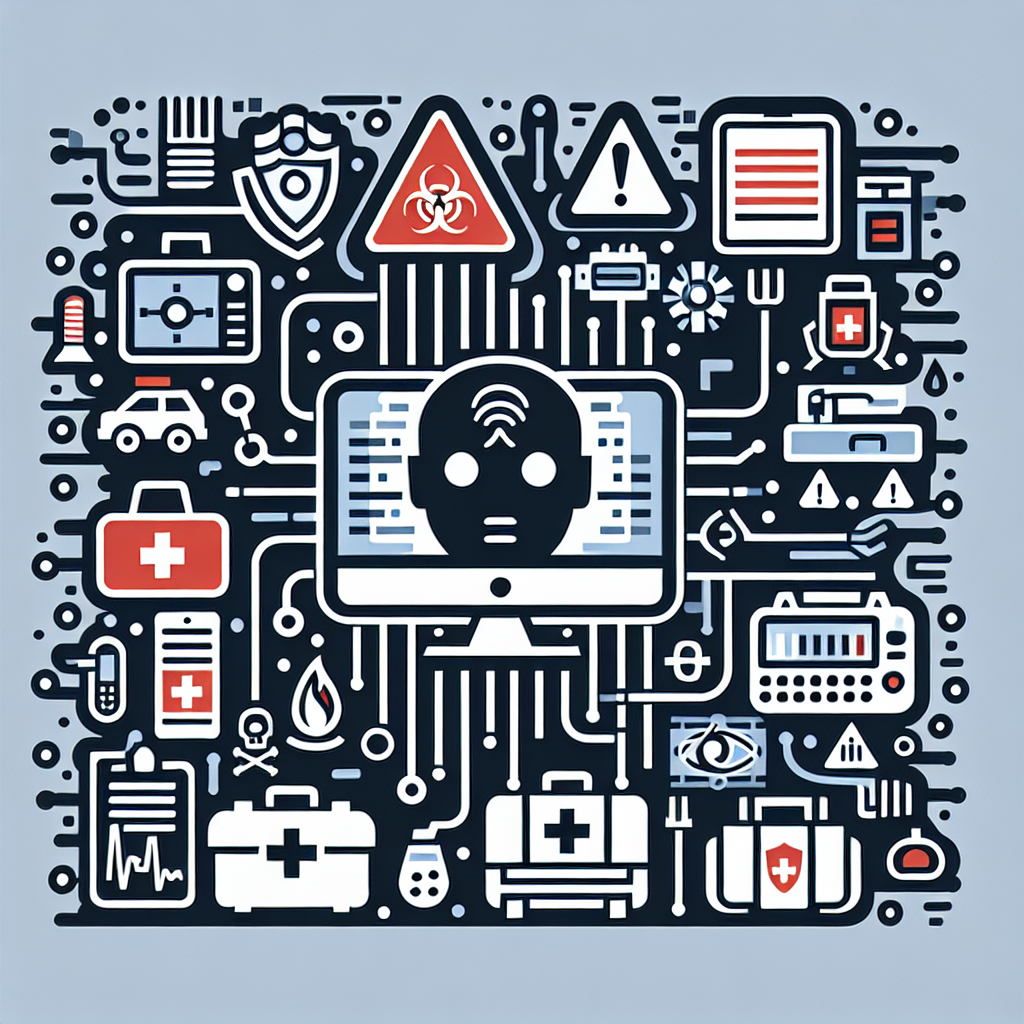The Role of AI Deployment in Disaster Preparedness
Disasters, whether natural or man-made, can have devastating impacts on communities around the world. From hurricanes and wildfires to pandemics and terrorist attacks, the need for effective disaster preparedness has become increasingly important. In recent years, artificial intelligence (AI) has emerged as a valuable tool in enhancing disaster preparedness and response efforts. By leveraging AI technologies, organizations and governments can better predict, monitor, and respond to disasters, ultimately saving lives and reducing the impact of these catastrophic events.
AI Deployment in Disaster Prediction and Early Warning Systems
One of the key areas where AI is making a significant impact in disaster preparedness is in prediction and early warning systems. Through the use of machine learning algorithms, AI can analyze large amounts of data from various sources, such as weather patterns, seismic activity, and social media, to predict potential disasters before they occur. This allows for early warnings to be issued to at-risk populations, giving them time to evacuate and seek shelter.
For example, in the case of hurricanes, AI can analyze historical data on past storms to predict the path and intensity of future hurricanes. This information can then be used to issue timely warnings to residents in the affected areas, allowing them to make informed decisions about evacuation and preparation.
Similarly, in the case of wildfires, AI can analyze satellite imagery and weather data to predict where wildfires are likely to occur and how they may spread. This information can be used to deploy resources, such as firefighters and equipment, to those areas before the fires escalate, ultimately reducing the impact on communities and ecosystems.
AI Deployment in Disaster Response and Recovery Efforts
In addition to prediction and early warning systems, AI is also playing a crucial role in disaster response and recovery efforts. Through the use of drones, robots, and other AI-powered technologies, first responders can assess damage, locate survivors, and deliver aid more quickly and efficiently than ever before.
For example, drones equipped with AI algorithms can be used to survey disaster-affected areas, providing real-time information on the extent of the damage and the location of survivors. This information can then be used to prioritize rescue and relief efforts, ensuring that resources are allocated where they are needed most.
Similarly, robots equipped with AI capabilities can be used to search for survivors in dangerous or hard-to-reach areas, such as collapsed buildings or flooded areas. These robots can navigate through debris and obstacles, using sensors and cameras to locate and rescue individuals trapped in the rubble.
AI Deployment in Public Health Emergencies
In addition to natural disasters, AI is also playing a crucial role in public health emergencies, such as pandemics. During the COVID-19 pandemic, AI technologies have been used to track the spread of the virus, analyze data on infection rates, and develop predictive models to help governments and healthcare providers make informed decisions about resource allocation and response strategies.
For example, AI-powered chatbots have been used to provide real-time information to the public about COVID-19 symptoms, prevention measures, and testing locations. These chatbots can answer questions, dispel misinformation, and provide guidance on when to seek medical attention, helping to reduce the burden on healthcare systems and prevent the spread of the virus.
AI Deployment in Disaster Preparedness Planning
In addition to its role in prediction, response, and recovery efforts, AI is also being used to improve disaster preparedness planning. By analyzing historical data on past disasters, AI can help identify vulnerabilities, assess risks, and develop strategies to mitigate the impact of future disasters.
For example, AI can be used to simulate the impact of various disaster scenarios, such as earthquakes or floods, on infrastructure, transportation systems, and critical facilities. This information can then be used to identify areas that are most at risk and prioritize investments in disaster-resistant infrastructure and emergency preparedness measures.
FAQs
Q: How does AI help in predicting natural disasters?
A: AI can analyze large amounts of data from various sources, such as weather patterns, seismic activity, and social media, to predict potential disasters before they occur. This allows for early warnings to be issued to at-risk populations, giving them time to evacuate and seek shelter.
Q: How does AI assist in disaster response efforts?
A: AI technologies, such as drones and robots, can be used to assess damage, locate survivors, and deliver aid more quickly and efficiently than ever before. Drones can survey disaster-affected areas, robots can search for survivors in dangerous areas, and AI-powered chatbots can provide real-time information to the public about prevention measures and testing locations.
Q: How can AI improve disaster preparedness planning?
A: By analyzing historical data on past disasters, AI can help identify vulnerabilities, assess risks, and develop strategies to mitigate the impact of future disasters. This information can be used to prioritize investments in disaster-resistant infrastructure and emergency preparedness measures.
In conclusion, the role of AI deployment in disaster preparedness is becoming increasingly important in our rapidly changing world. By leveraging AI technologies in prediction, response, recovery, and planning efforts, organizations and governments can better prepare for and respond to disasters, ultimately saving lives and reducing the impact of these catastrophic events. As AI continues to evolve and improve, its potential to enhance disaster preparedness efforts will only continue to grow, making it an invaluable tool in safeguarding communities and improving resilience in the face of disasters.

